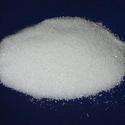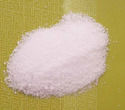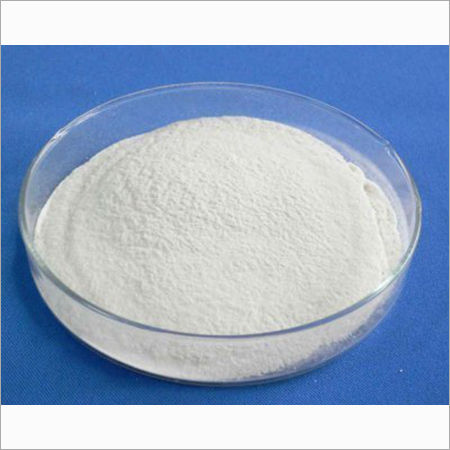Sodium Citrate
Product Details:
- Place of Origin India
- Storage Room Temperature
- EINECS No 200-675-3
- Melting Point 300 C
- CAS No 68-04-2
- Grade Tech Grade
- Appearance white, crystalline powder or white
- Click to View more
Sodium Citrate Price And Quantity
- 255 Kilograms
- 450 INR/Kilograms
Sodium Citrate Product Specifications
- White
- Powder
- 200-675-3
- Room Temperature
- India
- 68-04-2
- Tech Grade
- white, crystalline powder or white
- 300 C
Sodium Citrate Trade Information
- Cheque Cash Advance (CA)
- 10000 Kilograms Per Week
- 1 Week
- Asia
- All India
Product Description
Sodium citrate may refer to any of the sodium salts of citric acid (though most commonly the third):
Technical Specifications
|
Packaging Size |
25 KG |
|
Grade Standard |
Technical Grade |
|
Apperance |
Colourless Crystals or White Crystalline powder |
|
Solubility: |
Freely soluble in water, very soluble in boiling water, insoluble in alcohol |
Sodium citrate dihydrate is the most widely used emulsifying salt in sliced processed cheese products. It is commonly used as a buffering agent in combination with the citric acid to provide precise pH control required in many food and beverage applications.
The main functions of citric acid and the citrates in foods and beverages can be summarized as follows:
- As a flavor adjunct, to improve taste
- As a pH control agent, e.g., for gelation control, buffering and preservative enhancement
- As a chelating agent to improve the action of antioxidants and prevent spoilage of foods such as seafood
The reaction of citric acid and bicarbonate liberates carbon dioxide, which aids the dissolution of active ingredients and improves palatability. Effervescent systems are widely used in denture-cleaning products, as well as pain relief and vitamin tablets. The major components of cleaning products are surfactants and builders. Other ingredients are added to provide a variety of functions, e.g., increasing cleaning performance for specific soils/surfaces, ensuring product stability, and supplying a unique identity to a product. Citric acid is employed as an industrial cleaner to clear steam blocks and hot water systems of calcium and rust layers. As a chemical polish, citric acid is used to treat aluminum, copper and other metal surfaces. Citric acid and citrates are used as buffering and complexing agents in electroplating baths. The building and textile industries also take advantage of citric acids outstanding chelating ability as well as its non-toxicity. Examples include setting retarding of gypsum plasters and textile finishing.
Further industrial applications of citric acid and citrates range from desulphurization of flue gas and oil recovery to the decontamination of radioactive nuclear reactor materials.
Applications:
- Adhesives, Sealants, Agrochemicals, Fertilizers
- Construction, Fine Chemicals
- Inks, Paints, Coatings, Metal Surface Treatment
- Oil Drilling Ore Mining and Refining
- Paper, Plastics, Polymers
- Textile, Leather

Price:
- 50
- 100
- 200
- 250
- 500
- 1000+

 English
English Spanish
Spanish French
French German
German Italian
Italian Chinese (Simplified)
Chinese (Simplified) Japanese
Japanese Korean
Korean Arabic
Arabic Portuguese
Portuguese






 Send Inquiry
Send Inquiry Send SMS
Send SMS
